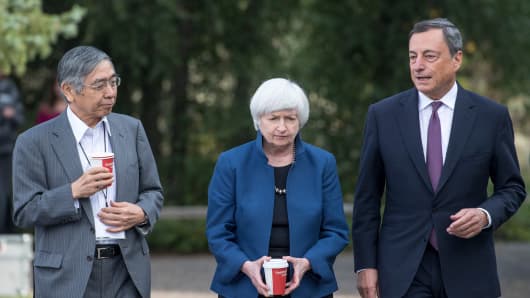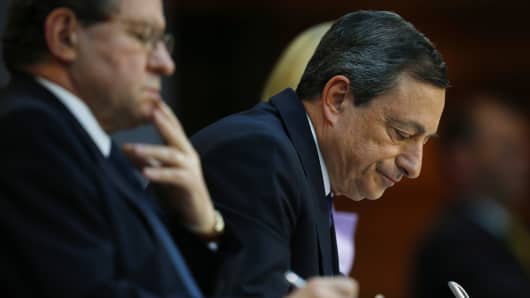The death of a major economic concept is riling many economists and analysts.
Known as the Phillips Curve, a concept developed by New Zealand economist William Phillips, it shows that inflation and unemployment have a stable and inverse relationship and is a fundamental philosophy for many.
In recent months with central banks using artificial ways to pump money into the economy, this inverse relationship is seen to be dying, or rather "flattening" as many economists point out.
Low wages and temporary jobs add pressure on workers. That in turn leads to less spending power in the economy even though the level of unemployment maybe falling.
This is not great news for central bank policymakers across the world pumping artificial money into the system to bring the global economy back to its pre-2008 crisis days.
Ever since the global financial crisis, central banks have pegged their monetary policy on these two pillars – inflation and unemployment.
While they have been successful in trying to bring the level of unemployment down, inflation hasn't edged up to the target many of the central banks had set earlier.
Recent economic data across the U.S. and Europe have shown that while unemployment seems to be cooling down, inflation is lagging gains.




